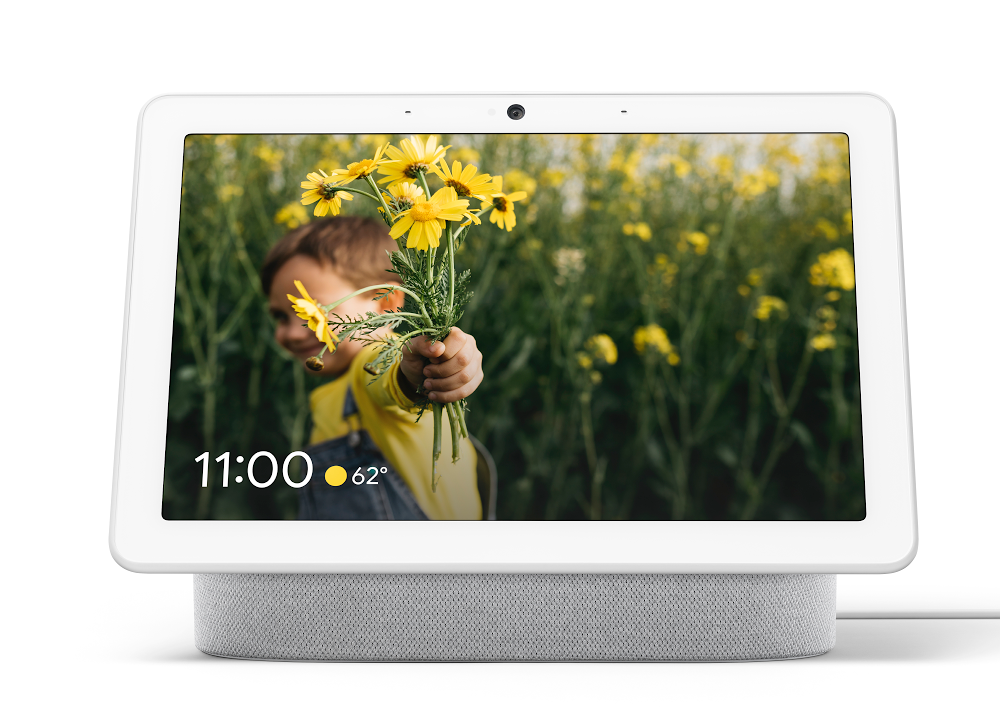We kick off this week’s show with a focus on generative AI and what new models such as GPT-4 and even things like Stable Diffusion could mean for the internet of things. Along the way we disagree with an article trying to compare digital assistants such as Siri with ChatGPT, and highlight some of the opportunities generative AI provides, especially when it comes to robots. Then we discuss a new deal between Senet and Unabiz that helps drive the concept of a unified LPWAN. We even include a little dish on Senet’s relationships with Helium. After that, we talk about how Google is screwing up Fitbit and the latest wearable sales figures. In smaller news, we offer thoughts on Best Buy’s deal to install home hospital equipment and Amazon’s plans to launch broadband service over satellite. Then we highlight a tiny chip that could attach to your teeth, a hack of Ring’s doorbell, and an industrial attack that uses a speaker to send data. Kevin then shares his latest test of Home Assistant, which he found easier to install and better for HomeKit users. Finally, we answer a listener question about whether you really need a mesh router system for a 1,400-square-foot home.

Our guest this week is Nick D’Angelo, director of public affairs for Eaton’s Electrical Sector. He’s on the show to discuss how two new laws are incentivizing consumers and businesses to take steps to modernize the electric grid. We cover the concept of grid modernization and why it’s necessary, the two laws that have the most relevance, and lay out some of the incentive programs that will be available at state and federal levels for things like replacing electric panels and swapping out furnaces for heat pumps. We also talk about how long the process of modernizing the grid will take and then conclude with what else will need to be done. Enjoy the show.
Hosts: Stacey Higginbotham and Kevin Tofel
Guest: Nick D’Angelo of Eaton’s Electrical Sector
Sponsors: InfluxData and Silicon Labs
- Here’s a great use case for GPT-4 and other chatbots
- Why Senet’s network may soon include Sigfox
- Google’s wearables are No. 2 now!
- How the Inflation Reduction Act and the infrastructure bill will fund a newer grid
- How long will it take to modernize the grid
Podcast: Play in new window | Download | Embed
Subscribe: RSS

